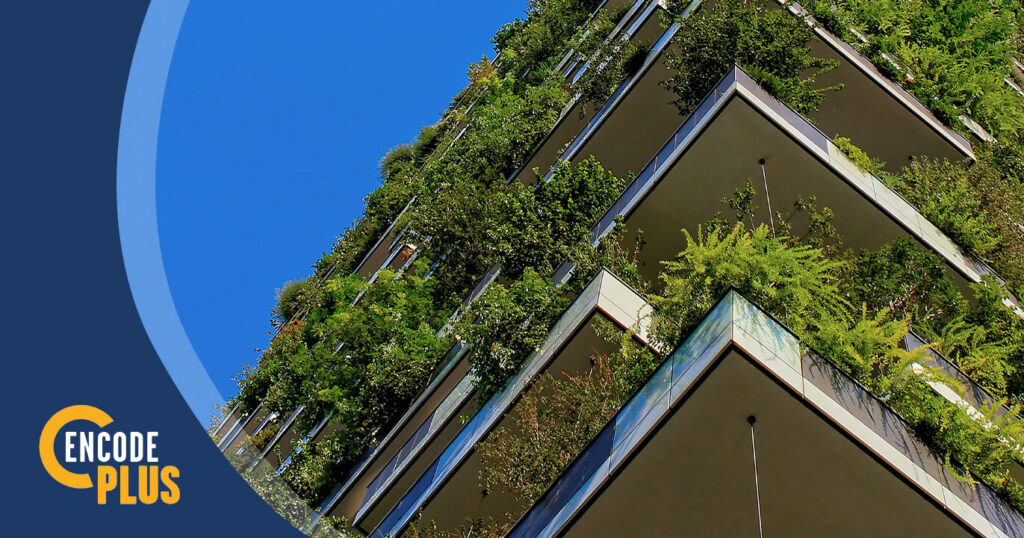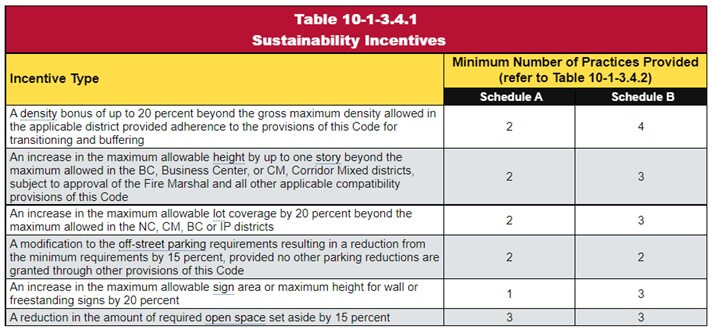


Sustainability has been a topic of planning and zoning conversations for academics and practitioners since at least 1992 when the United Nations published “Agenda 21, the Rio Declaration on Environment and Development.”
Those who care about the Earth and its future – whether planners, politicians, environmentalists, land developers, builders, citizens or educators – are likely familiar with the succinct statement summarizing sustainability as “meeting the needs of the present without compromising the ability of future generations to meet their own needs.”
These needs are often expressed in the triad of mindfulness of people, planet and profits. Sustainability directly relates to zoning in that a foundational purpose of zoning is to protect the public health, safety and welfare.
Zoning does this at the small scale by setting requirements that mitigate negative impacts that development of a property may have on the public realm or on neighboring properties.
Imagine a factory locating immediately next door to a residence. Even a relatively outdated zoning ordinance might require a setback for the factory building from the side or rear property lines; landscape buffering on the factory’s property to protect the less-intense, adjacent residential use; and controls on height or floor-area ratios that reduce bulk and ensure adequate sunlight for the residence. The community’s zoning map might even prevent such land uses from being in close proximity in the first place.
At the larger scale, modern zoning regulations are less concerned with micro-managing land uses and more concerned about protecting and creating community character for the advancement of sustainability.
Character-based zoning regulations can make it easier for neighbors to socialize (people); they can reduce real or perceived government “red tape” so affordability does not harm a developer’s bottom line (profits); and, with a “sustainability index,” they can encourage or require site design that is sensitive to nature and efficient with the Earth’s resources (planet).
For the City of Littleton, Colorado’s Unified Land Use Code, (ULUC) Kendig Keast Collaborative (KKC) crafted a sustainability index composed of practices that an applicant can employ on a site to earn development bonuses that might improve project feasibility or maximize the site development potential.
For example, if a site incorporates the following practices:
…then the ULUC awards the site with a reduction in minimum parking requirements by 15 percent.
Other incentives (depicted in the table below) might include a density bonus of up to 20 percent beyond the gross maximum density allowed in the applicable district, and an increase in the maximum allowable lot coverage by 20 percent beyond the maximum allowed in certain districts.
